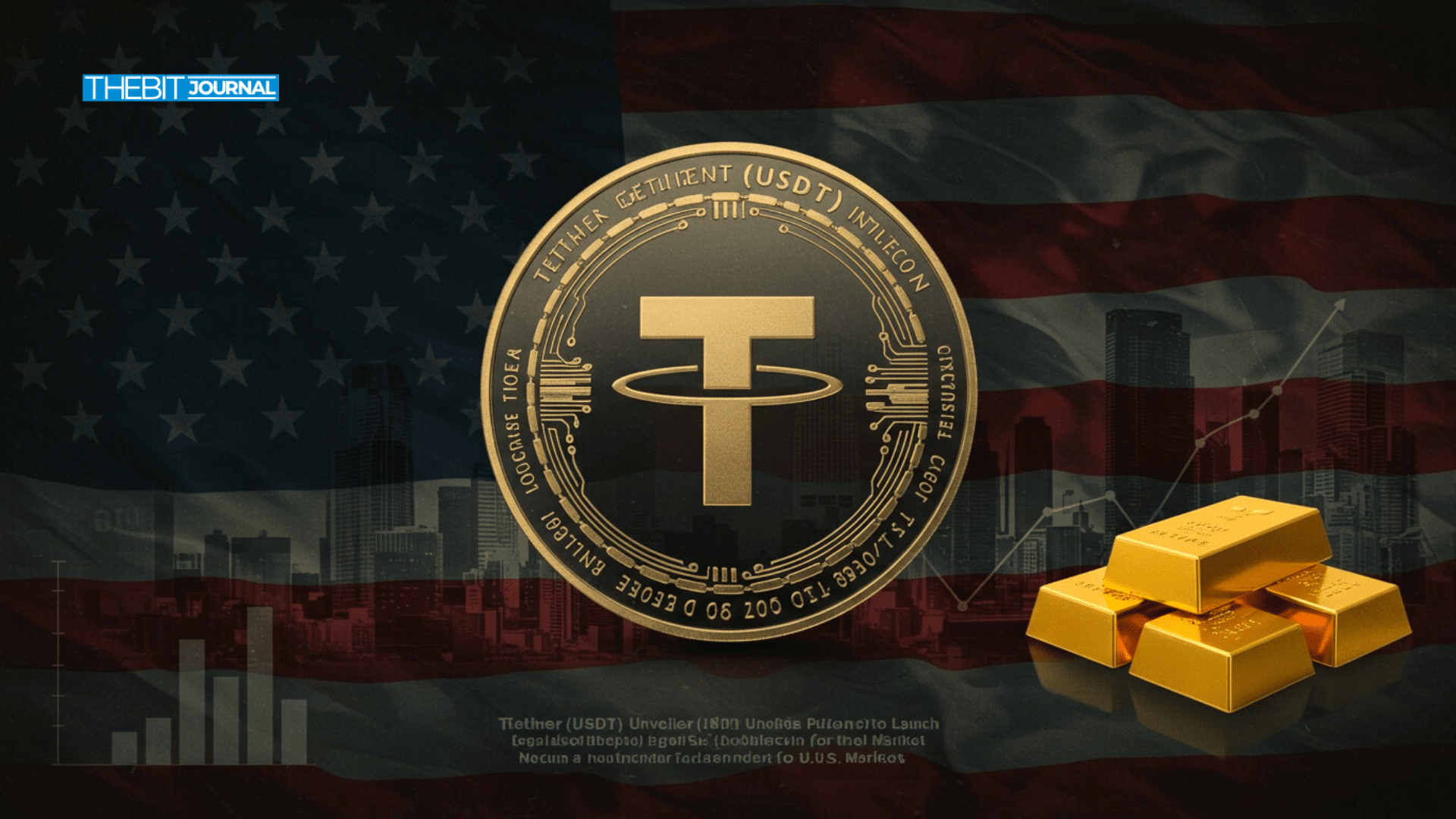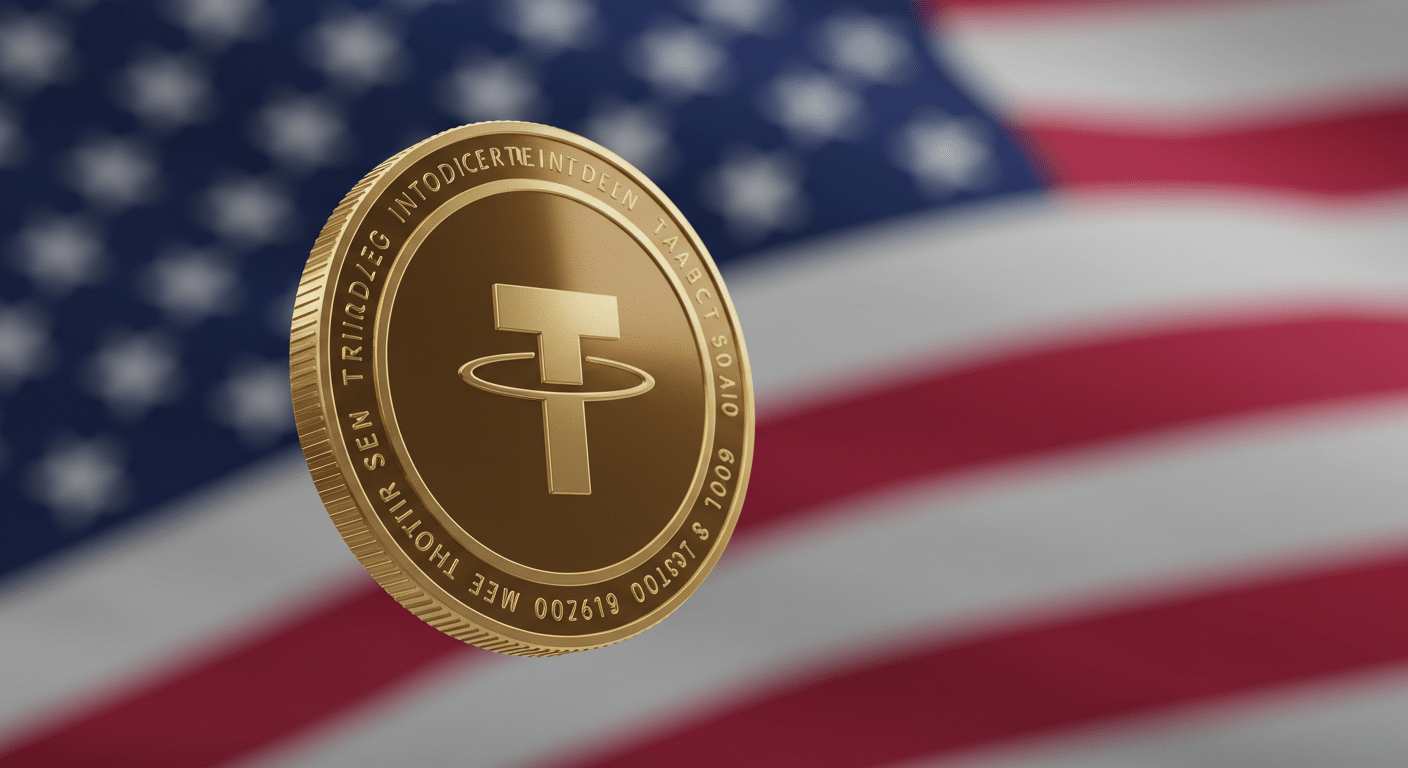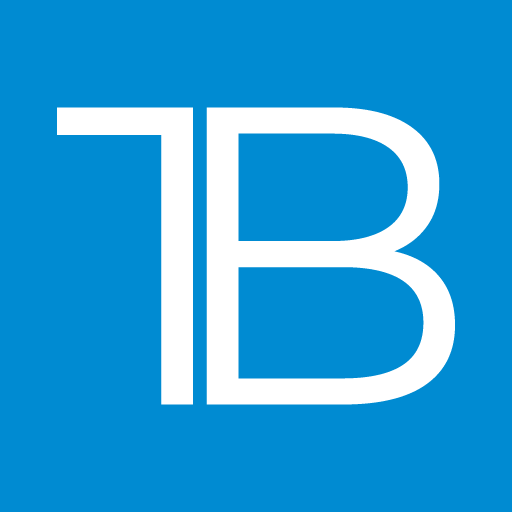U.S. Stablecoin Crackdown Forces Tether to Pivot—New Token Incoming
0
0

Tether (USDT) is preparing to launch a U.S.-compliant stablecoin in anticipation of stricter American regulations. The move comes as the United States considers legislative proposals that may restrict foreign-issued stablecoins. Despite the potential limitations, Tether has confirmed its intent to maintain a presence in global markets while aligning with U.S. regulatory requirements.
USDT Faces Uncertain Future Under American Legislation
The STABLE Act and GENIUS Act move forward as rival U.S. stablecoin legislation, aiming to receive congressional backing. The eligible safe token proposals mandate strict regulatory standards that require issuers to obtain audited full reserve reports and maintain anti-money laundering standards. These bills target foreign issuers like Tether, which operates from El Salvador and currently holds the largest market share.

Despite the pending bills, Tether CEO Paolo Ardoino has stated the company does not plan to adjust its current USDT issuance. USDT will maintain its operations in emerging markets because it identifies a higher potential for adoption and utility in these areas. Tether believes the existing USDT product is better suited for regions with less financial infrastructure.
The House bill exceeds Senate provisions because it prohibits the issuance of non-compliant stablecoins to American users. Under this legislative proposal, any trade dealing with such tokens will be prohibited when intermediary custodians begin operations two years after the law takes effect. USDT could possibly continue serving U.S. users through Uniswap and other decentralized platforms because these bills don’t explicitly target such transactions.
Tether to Introduce New U.S.-Based Stablecoin
Tether has announced plans to launch a new stablecoin that is fully compliant with U.S. regulatory standards. The company stated this new product will be separate from USDT and explicitly tailored for American users. The new coin’s design will include provisions for transparency, full audits, and compliance with anti-money laundering rules.
The new coin will be U.S.-domiciled, allowing it to be subject to American regulatory oversight. This approach enables Tether to comply with U.S. legislation while maintaining its existing global business model. The company emphasized continuing to operate in parallel markets using different stablecoins.

Ardoino stated Tether is in discussions with major accounting firms to prepare for the oversight needed for the new coin. However, he acknowledged those firms remain cautious about engaging with the stablecoin sector. Tether believes partnering with top financial institutions will help it meet U.S. requirements without disrupting operations.
USDT Maintains Global Strategy as Regulatory Landscape Shifts
Tether confirmed its strategic focus on emerging markets, where USDT remains a leading digital currency for remittances and trade. While regulations tighten in developed regions, Tether strengthens its foothold in countries with growing demand for dollar-backed digital assets. The company states it provides greater legal compliance than every other firm in its sector.
Binance eliminated USDT from its European trading operations after European authorities declared the token insufficient for their regulatory framework. In response, Tether has invested in several European firms working on regulatory-compliant dollar and euro stablecoins. The company follows the same strategy utilized in the American market through its two-track operational method.
Ardoino said Tether does not aim for USDT to dominate in Europe or the United States long term. The company will provide regulatory-compliant alternative products to satisfy various market needs. Tether will focus on maintaining relevance through local partnerships and tailored products across various jurisdictions.
FAQs
What is Tether planning in response to U.S. legislation?
Tether plans to launch a new U.S.-compliant stablecoin that will follow American legal and financial transparency requirements.
Will the current USDT stablecoin still be available in the U.S.?
USDT may remain on decentralized platforms, but custodial platforms might restrict access based on upcoming laws.
Why is Tether not adjusting USDT for U.S. laws?
Tether believes USDT is better suited for emerging markets and wants to keep it separate from the U.S.-compliant version.
How does Tether ensure regulatory compliance?
Tether works with law enforcement, is in talks with major auditors, and designs new products to fit specific legal environments.
Is Tether exiting Europe or the U.S.?
No, Tether is adapting by investing in local stablecoin projects that meet European and American regulations.
Glossary
Stablecoin – A digital currency pegged to a fiat currency like the U.S. dollar to maintain a stable value.
USDT – Tether’s original and largest stablecoin, widely used for trading and remittances.
Custodial Platform – An exchange or wallet provider that holds user funds and complies with regulations.
Decentralized Exchange (DEX) – A platform like Uniswap that allows peer-to-peer trading without intermediaries.
Anti-Money Laundering (AML) – Regulations that require financial transparency and prevent illegal money flows.
Reference:
Read More: U.S. Stablecoin Crackdown Forces Tether to Pivot—New Token Incoming">U.S. Stablecoin Crackdown Forces Tether to Pivot—New Token Incoming
0
0
 Manage all your crypto, NFT and DeFi from one place
Manage all your crypto, NFT and DeFi from one placeSecurely connect the portfolio you’re using to start.





